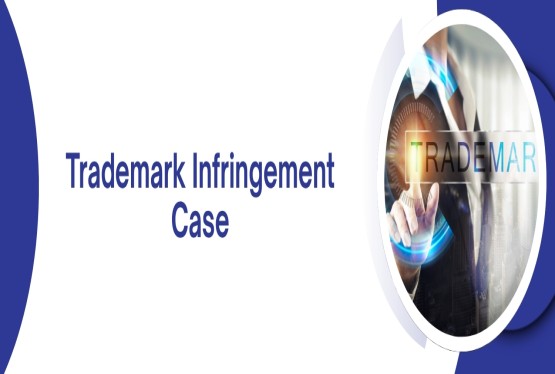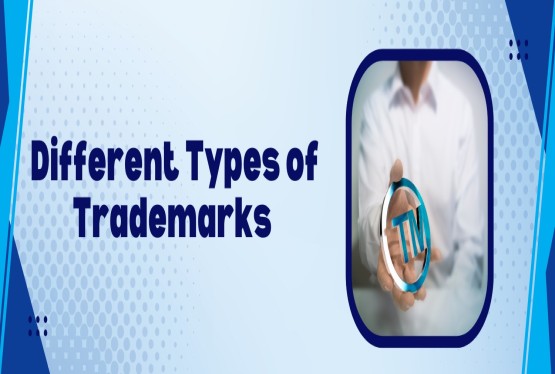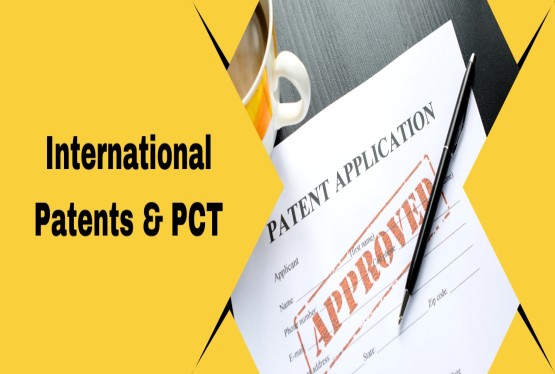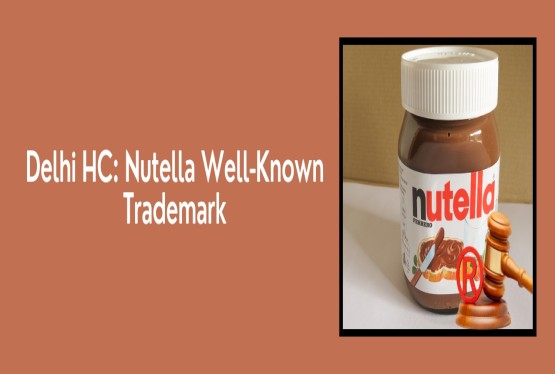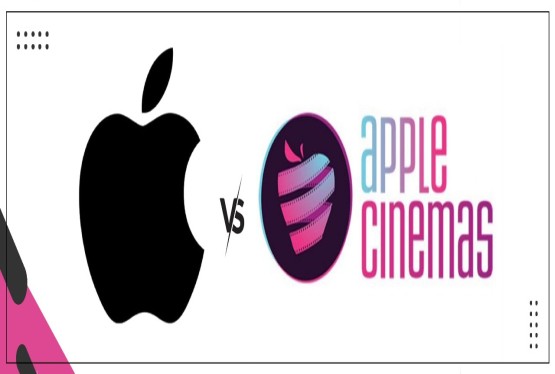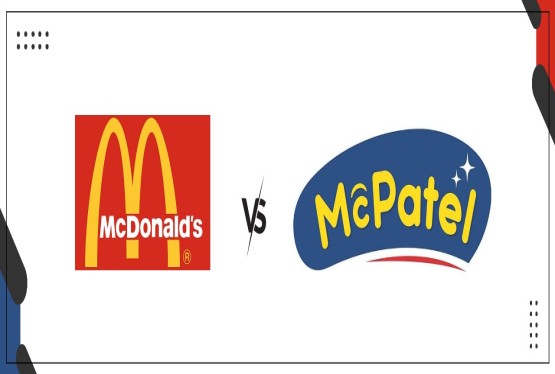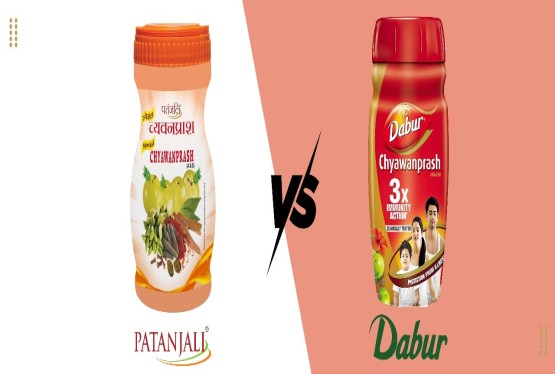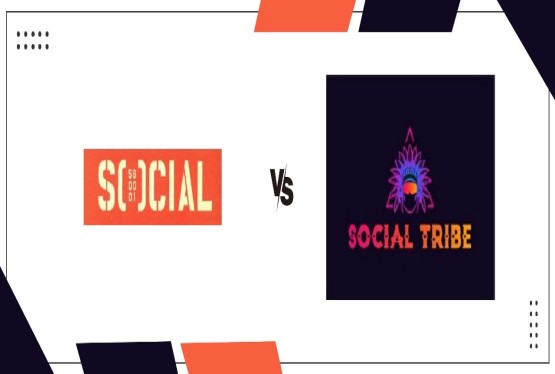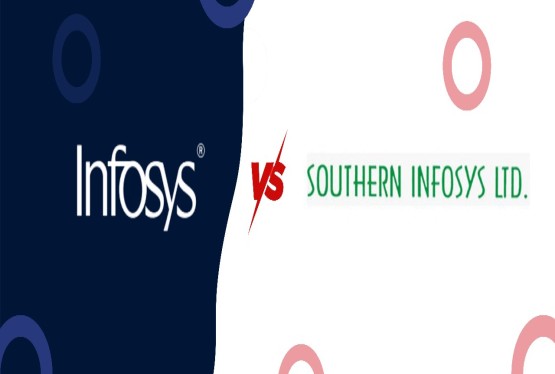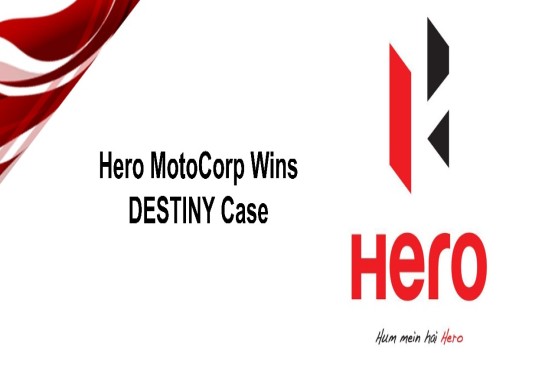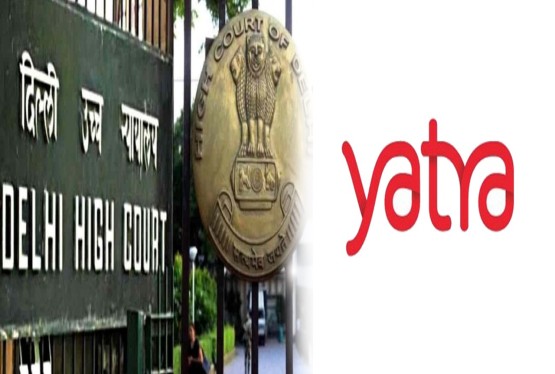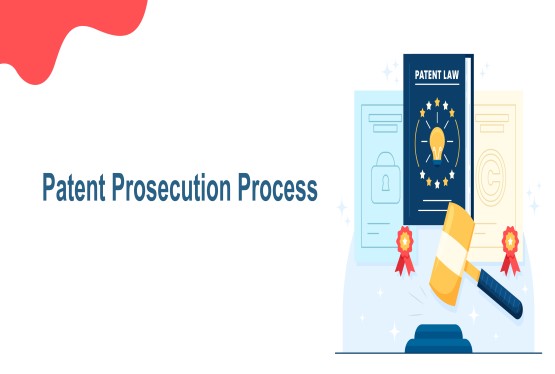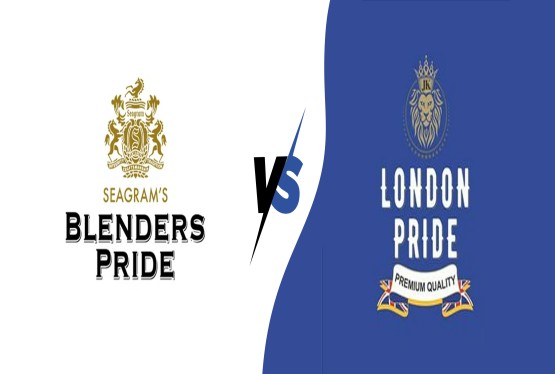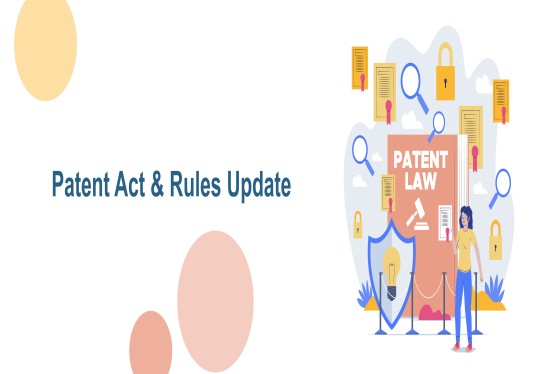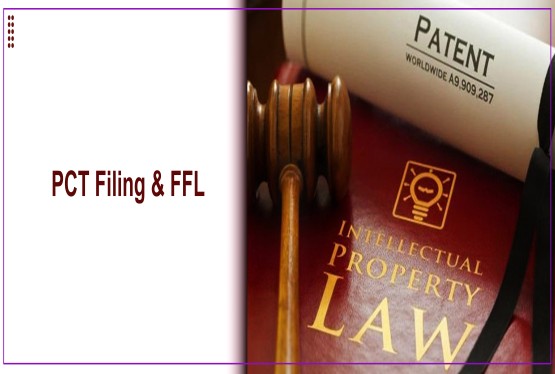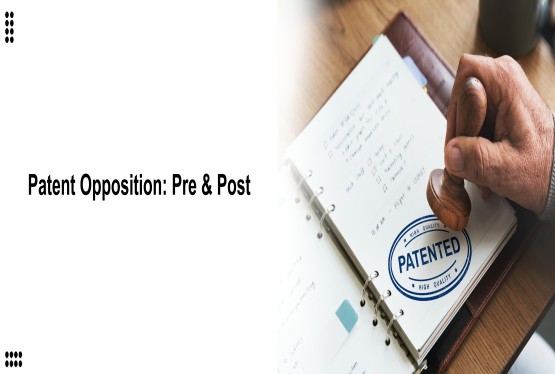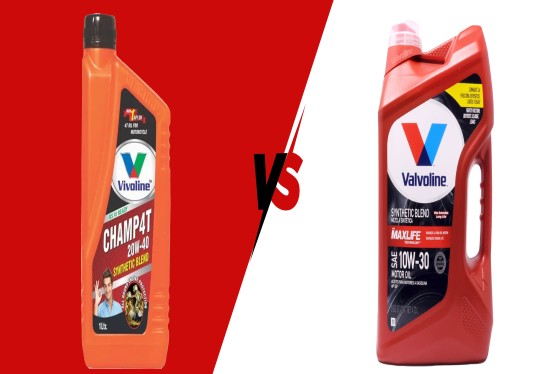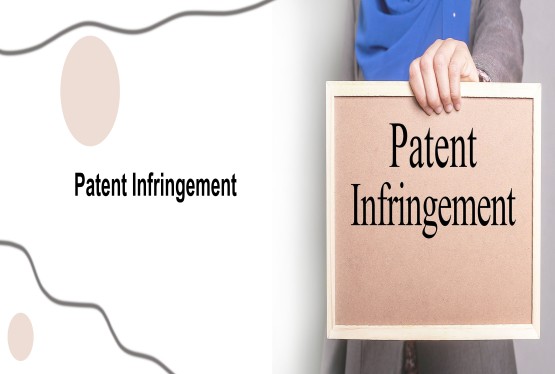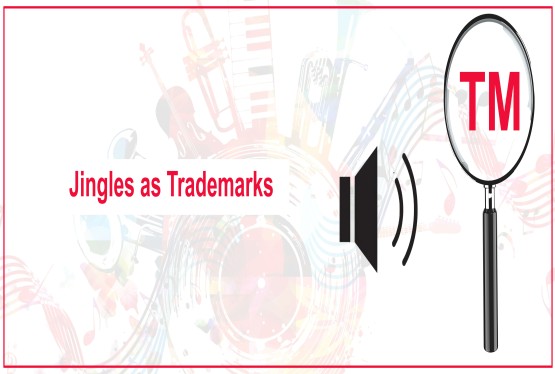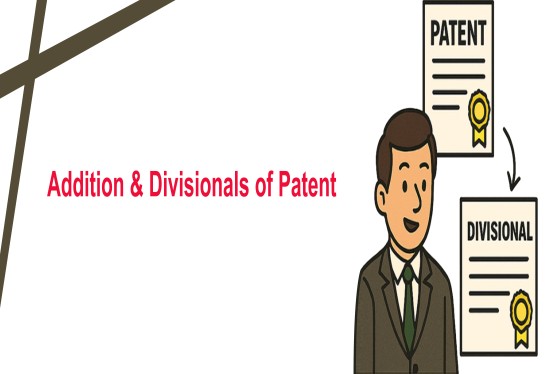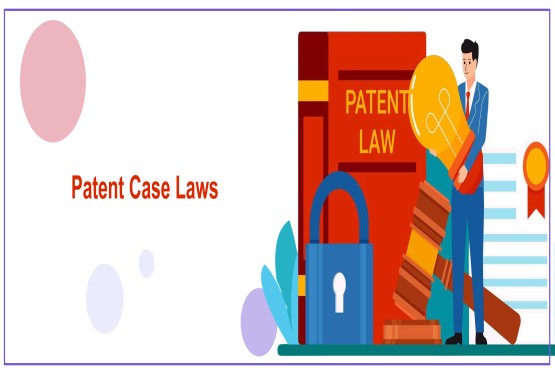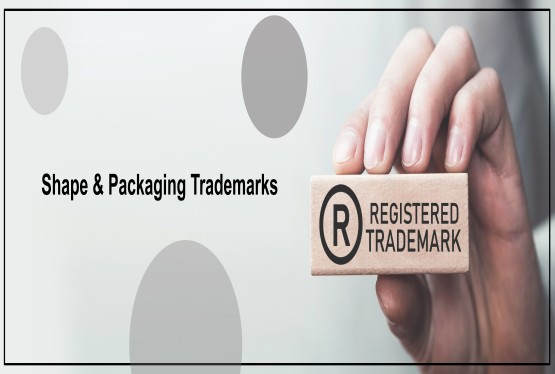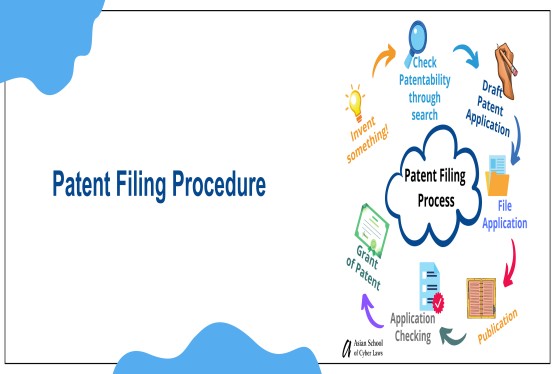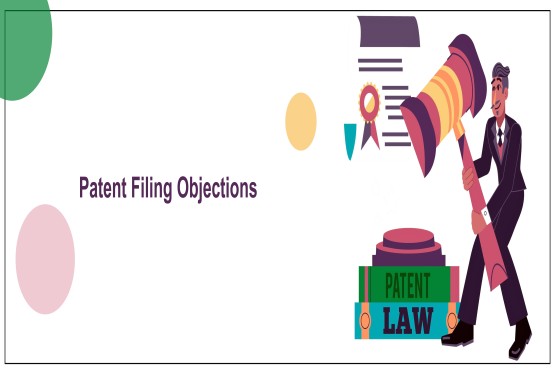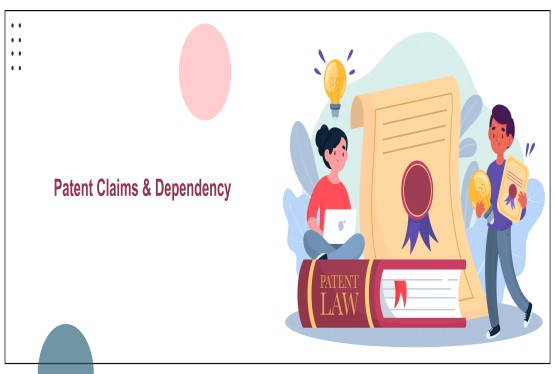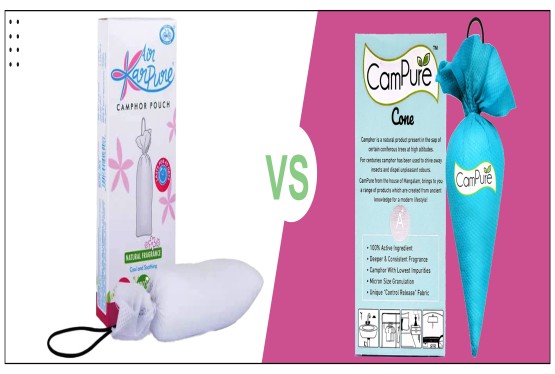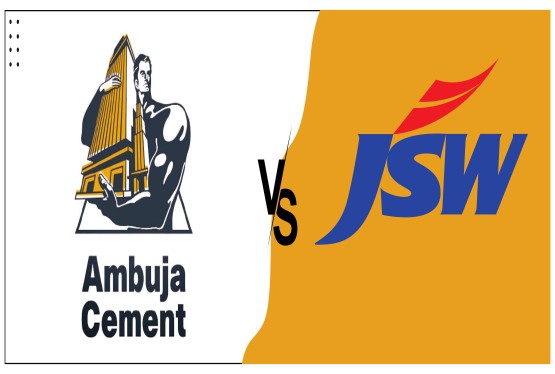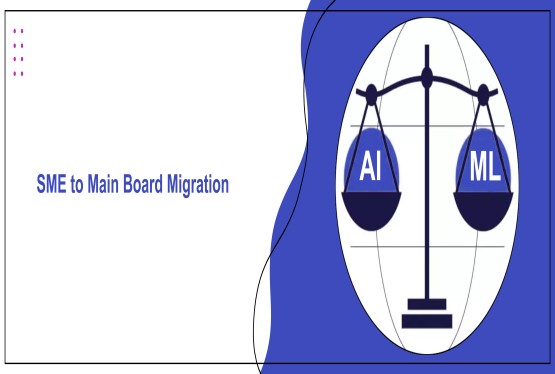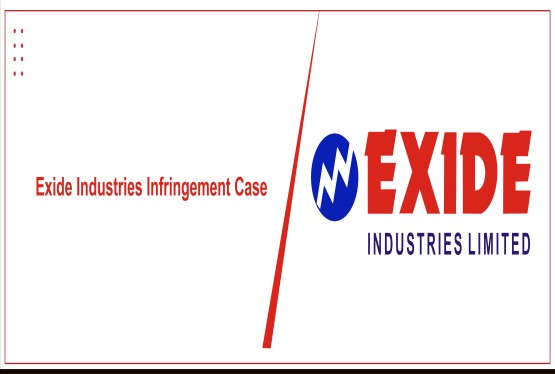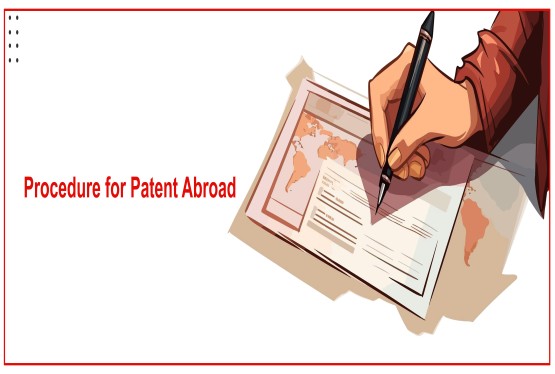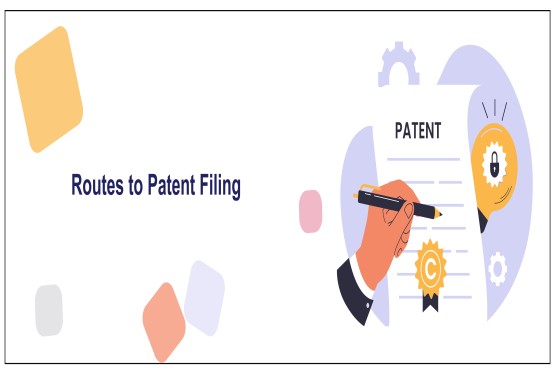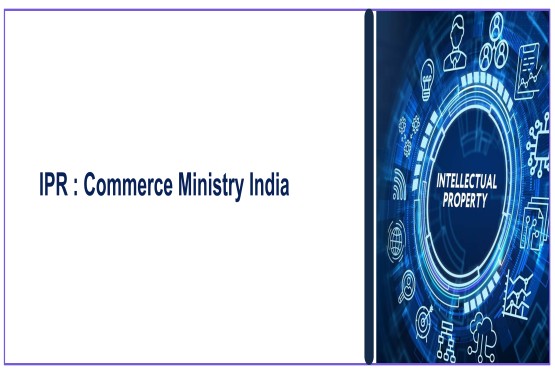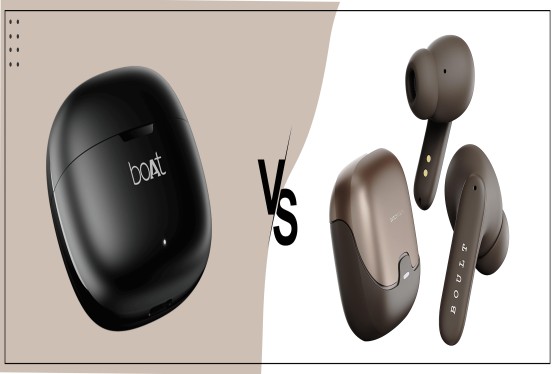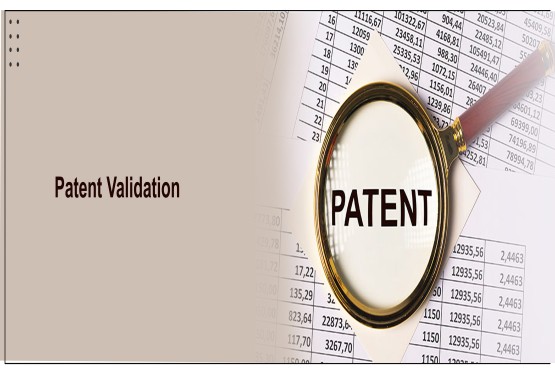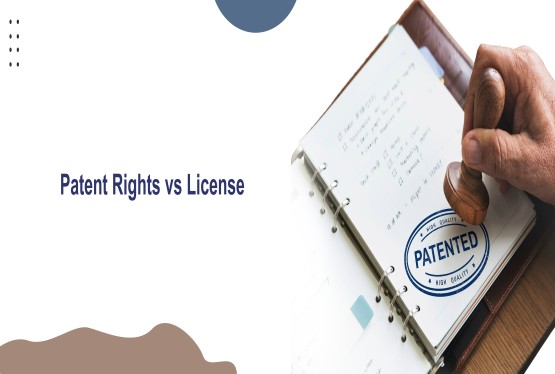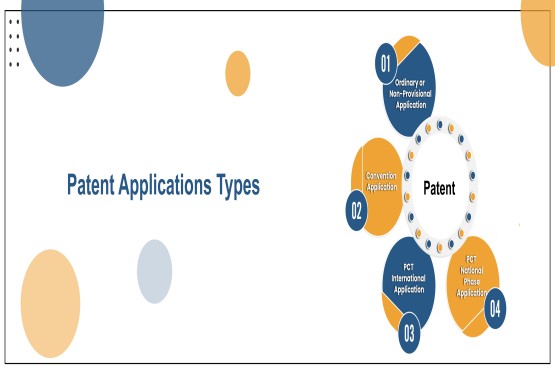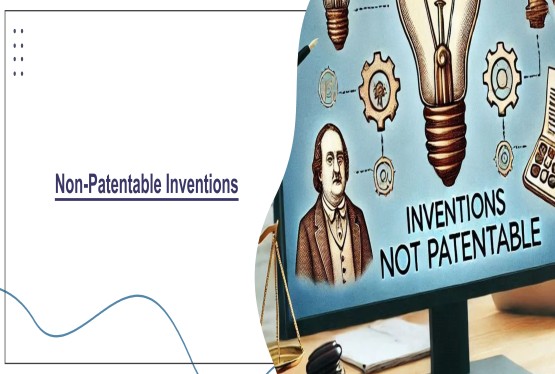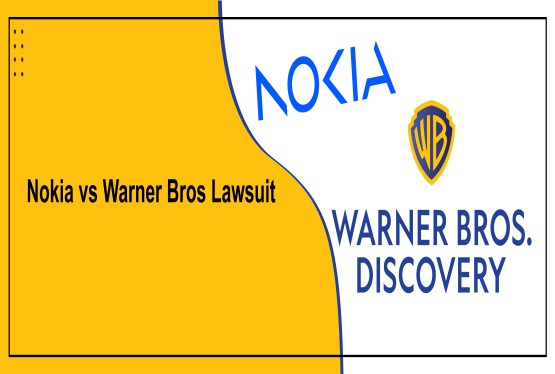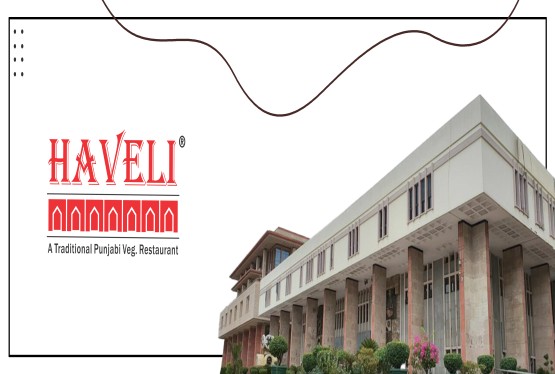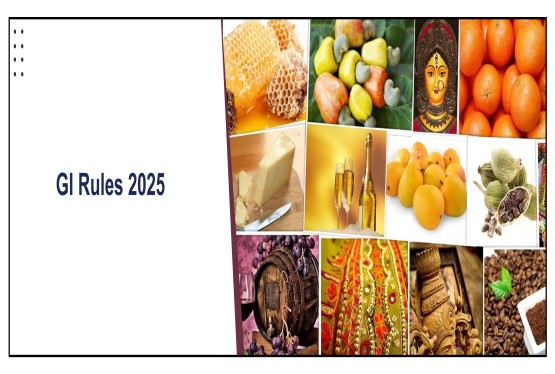The case of Moldtek Packaging Ltd. v. Pronton Plast Pack Pvt. Ltd. revolves around a patent infringement dispute concerning tamper-evident plastic lids with spouts used in food containers. Moldtek, the patentee, accused Pronton of manufacturing and selling products that infringed its patent registration (IN 401417 and IN 298724). While the Commercial Court initially granted an ex-parte injunction in Moldtek’s favour, it later vacated the order by wrongly shifting the burden of proving validity onto the patentee. On appeal, the Delhi High Court clarified the correct legal standards, holding that infringement must be tested through product-to-patent mapping and that the burden of establishing invalidity lies with the defendant and demanded the matter for reconsideration, restoring the interim protection in the meantime.
Here is a detailed breakdown of the Mold Tek Packaging Ltd. v. Pronton Plast Pack Pvt. Ltd. case its facts, legal issues, reasoning, and implications. (As always, this is a summary and interpretation; for full legal work you should refer to the judgment text.)
Background & Facts
Parties and Patents
-
Mold Tek Packaging Ltd. (the “Plaintiff”) is the proprietor of two Indian patents: IN 401417 and IN 298724, which concern tamper-evident/tamper-proof plastic lids with spouts for containers (especially for food containers).
-
Mold Tek alleged that Pronton Plast Pack Pvt. Ltd. (the “Defendant”) was manufacturing and selling lids that infringe these patents.
Proceedings at the Commercial Court level
-
On 20 December 2023, the Commercial Court granted an ex parte interim injunction restraining the Defendant from manufacturing/selling the allegedly infringing lids.
-
The Defendant filed an application under Order XXXIX Rule 4 of the CPC, asking to vacate the injunction. The Commercial Court allowed that application (on 2 May 2024), effectively vacating the interim injunction. The reasoning included that Mold Tek had not adequately shown novelty and had allegedly suppressed material facts.
-
In particular, the Commercial Court apparently reversed the burden: it insisted that Mold Tek (the patentee) prove validity (i.e. novelty) rather than placing the burden of proving invalidity on the Defendant.
Appeal to the Delhi High Court
-
Mold Tek appealed to the Commercial Court’s vacatur of the injunction. The High Court delivered its decision (in FAO (COMM) 114/2024) on 11 July 2025.
-
The High Court set aside the order vacating the injunction, restored the original ex-parte injunction (since it was not under challenge), and demanded reconsideration of the Order XXXIX Rule 4 application.
Legal Issues
Some of the key legal issues the High Court addressed include:
1. What is the correct test for infringement at an interim stage?
Should courts compare the infringing product with the patentee’s product (product-to-product comparison), or should they compare the infringing product with the claims/specifications of the patent (product-to-patent mapping)?
2. Burden of proof of invalidity
When a defendant raises a challenge to patent validity (e.g. on grounds of novelty or inventive step), who bears the burden, especially in the context of interim relief?
3. Credible challenge standard
What threshold must a defendant meet in raising a defense of invalidity to successfully oppose an injunction? (I.e., what is a “credible challenge”?)
4. Equitable/Interim relief considerations in patent suits
How should the courts apply the usual equitable tripartite test (prima facie case, balance of convenience, irreparable injury) in patent cases? What additional factors are relevant?
5. Suppression of material facts / full disclosure in patent suits
Under what circumstances should an injunction be vacated for non-disclosure or suppression, and what standard must the non-disclosure satisfy?
Holding & Reasoning
Here is how the Delhi High Court resolved those issues:
Infringement Test: product-to-patent comparison
-
The High Court held that the Commercial Court was wrong to rely on product-to-product comparison. Instead, the correct method is to map the defendant’s product onto the claims and specifications of the patent and see whether it falls within their scope.
-
In other words, you don’t just see if the two physical lids look the same; you must see whether the allegedly infringing item includes all the essential features (or their equivalents) prescribed in the patent claims.
Burden of Proof on Patent Validity / Invalidity
-
The High Court criticized the Commercial Court for shifting the burden of proving novelty (i.e. validity) onto the plaintiff (patentee). This was held to be incorrect.
-
Under Section 107 of the Patents Act, a defendant may raise invalidity as a defense. The High Court reaffirmed that the burden of establishing a credible challenge to the validity lies on the defendant. The plaintiff needs only to establish a prima facie case of infringement.
-
The Court thus emphasized that the defendant must substantiate the invalidity defense with technical material, evidence, expert opinion, and proper mapping.
Credible Challenge Standard
-
The High Court clarified that the defense of invalidity must be more than speculative or theoretical. It must be a “credible challenge” that is, grounded in serious technical/material evidence such that the court is satisfied there is a substantial question of validity.
-
Mere weak or hypothetical references to prior art are not enough; the prior art needs to be mapped and compared to the patent claims to show that they likely invalidate the patent.
Equitable Relief / Interim Injunctions in Patent Cases
-
The High Court reaffirmed the traditional tripartite test (prima facie case, balance of convenience, irreparable harm), plus an additional overlay, whether the defendant has raised a credible invalidity defense.
-
Since the Commercial Court had vacated the injunction partly based on weak findings of no novelty, suppression and had not properly mapped infringement or considered the credibility of the invalidity defense, the High Court remanded the matter for fresh adjudication.
Restoration of Ex-Parte Injunction & Remand Order
-
Because the original ex-parte interim injunction (20 December 2023) was not directly under challenge before the High Court, it was left in force.
-
The High Court set aside the order vacating it and demanded the matter from the Commercial Court to reconsider the vacatur application under Order XXXIX Rule 4 considering correct legal principles.
-
The High Court also directed that concise notes and compilations of prior art/authorities be submitted for fresh hearing.
Key Legal Principles & Implications
From this decision, several important principles (or clarifications) emerge that are relevant for patent litigation, especially at the interim injunction stage:
|
Principle |
Clarification / Rule |
|
Infringement test |
Must be assessed by comparing the defendant’s product with the claims/specifications, not by simple physical comparison with patentee’s product (i.e. product-to-patent mapping). |
|
Burden of proof for invalidity |
When a defendant raises invalidity under Section 107, the burden to make a credible challenge lies with the defendant. The patentee needs only show a prima facie case of infringement. |
|
Credible challenge threshold |
The invalidity defense must be serious, backed by technical/material evidence and proper mapping; not speculative or fanciful. |
|
Equitable/interim relief framework in patent cases |
Traditional test (prima facie, balance of convenience, irreparable harm) + overlay of whether defendant’s challenge is credible. |
|
Non-disclosure / suppression considerations |
A court should not vacate or refuse injunction merely on unsubstantiated allegations of suppression; the party alleging suppression must establish it with evidence. |
|
Role of appellate courts at interlocutory stage |
Courts should not re-evaluate ex-parte orders not under challenge; focus on reexamination of the vacatur decision applying correct principles. |
This decision helps reinforce discipline in interim patent disputes: patentees must do claim-based mapping, and defendants raising invalidity must put substantive material before the court. It reduces the risk of lower courts making superficial or incorrect comparisons or shifting burdens.
Also, some commentators have pointed out that the case underlines a legislative gap: unlike in the Trademark Act, Copyright Act or Designs Act, the Patents Act does not explicitly define “infringement,” making judicial clarification more important.
Final Word
The decision in Moldtek Packaging Ltd. v. Pronton Plast Pack Pvt. Ltd. is a significant clarification in Indian patent law. The Delhi High Court reaffirmed that infringement must be assessed by mapping the defendant’s product to the claims of the patent, not by mere physical similarity of products. It further emphasized that when invalidity is raised as a defense, the burden lies on the defendant to establish a credible challenge with proper evidence and technical mapping. The Court also cautioned against vacating injunctions based on speculative claims of suppression. By restoring interim relief and demanding the case for fresh consideration, the judgment strengthens procedural discipline and provides clarity on how courts should approach patent disputes at the interim stage.
FAQs
Q1. What was the main issue in the Moldtek v. Pronton case?
Ans. The dispute centered on whether Pronton Plast Pack’s plastic lids infringed Moldtek’s patented tamper-evident lid technology, and how infringement and invalidity should be assessed at the interim stage.
Q2. How did the Delhi High Court rule on the infringement test?
Ans. The Court clarified that infringement must be determined by comparing the defendant’s product to the patent claims/specifications (product-to-patent mapping), not by comparing it to the patentee’s product.
Q3. Who bears the burden of proving patent invalidity?
Ans. The Court held that the defendant bears the burden to establish a credible challenge to the validity of a patent, under Section 107 of the Patents Act.
Q4. What is meant by a “credible challenge” to patent validity?
Ans. A credible challenge requires serious, well-supported arguments backed by prior art mapping, technical evidence, or expert opinion. Mere speculative or weak assertions are not sufficient.
Q5. What broader impact does this case have on patent law in India?
Ans. The case strengthens the framework for interim injunctions in patent suits, ensures fair allocation of burdens between parties, and provides clearer guidance for courts in handling patent infringement disputes.

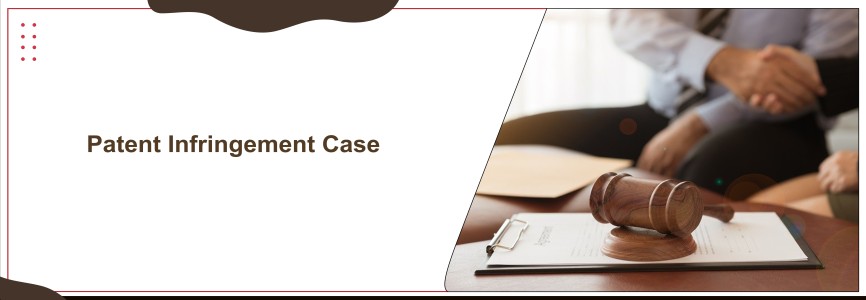




























_(b)_of_the_Trademark_Act,_1999_(1)_crop10_thumb.jpg)



_crop10_thumb.jpg)




























_crop10_thumb.jpg)
_crop10_thumb.jpg)






_crop10_thumb.jpg)








_crop10_thumb.jpg)



_crop10_thumb.jpg)





























_crop10_thumb.jpg)

















_crop10_thumb.jpg)






_crop10_thumb.jpg)












































































































































_crop10_thumb.jpg)




































_crop10_thumb.jpg)












_crop10_thumb.jpg)













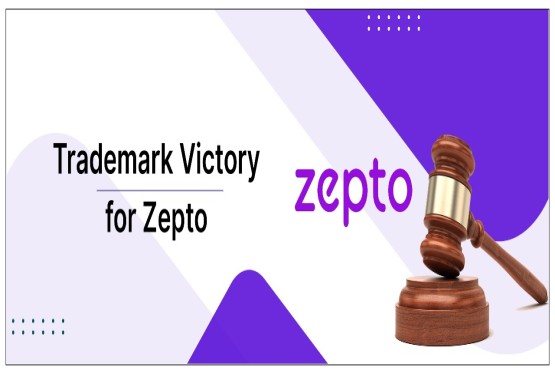




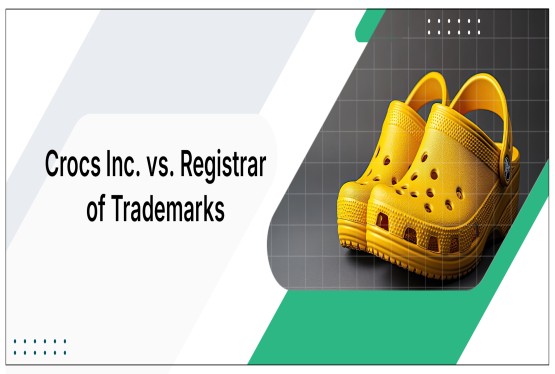















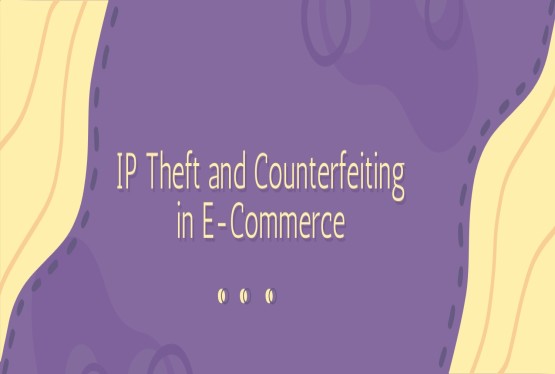












_crop10_thumb.jpg)






